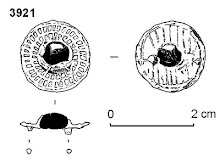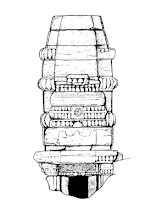Many of us have read of the destruction and looting of Syrian monuments and antiquities over the past few years, recently the destruction of parts of the stunning World Heritage Site of Palmyra, and the murder of curator Khaled Al-Asaad has been in the headlines. I've just learnt of a project to use a computer photogrammetry program to reconstruct a 3-D computer model of the site using digital photographs. The project will use digital photographs taken by tourists,
photographers and archaeologists to create a 3-D model. The more digital photos they get -especially of the sides, backs and less spectacular parts- the better the model will be.
So if you have
ever been to Palmyra, or know someone who has been, then please get in
touch via email at palmyra3dmodel@outlook.com
I'd like to believe all of us are appalled by what has happened in
Syria over the last few years, a small part of which has been the
destruction of priceless ancient monuments like those at Palmyra. Whilst
we can't rebuild those monuments, technology does allow us to
reconstruct 3-D digital models of their appearance.
Just one
small thing that archaeologists and tourists alike can do to help
preserve our common heritage. Please spread the word.
The project has a Facebook page at https://www.facebook.com/Palmyra3Dmodel/timeline.













